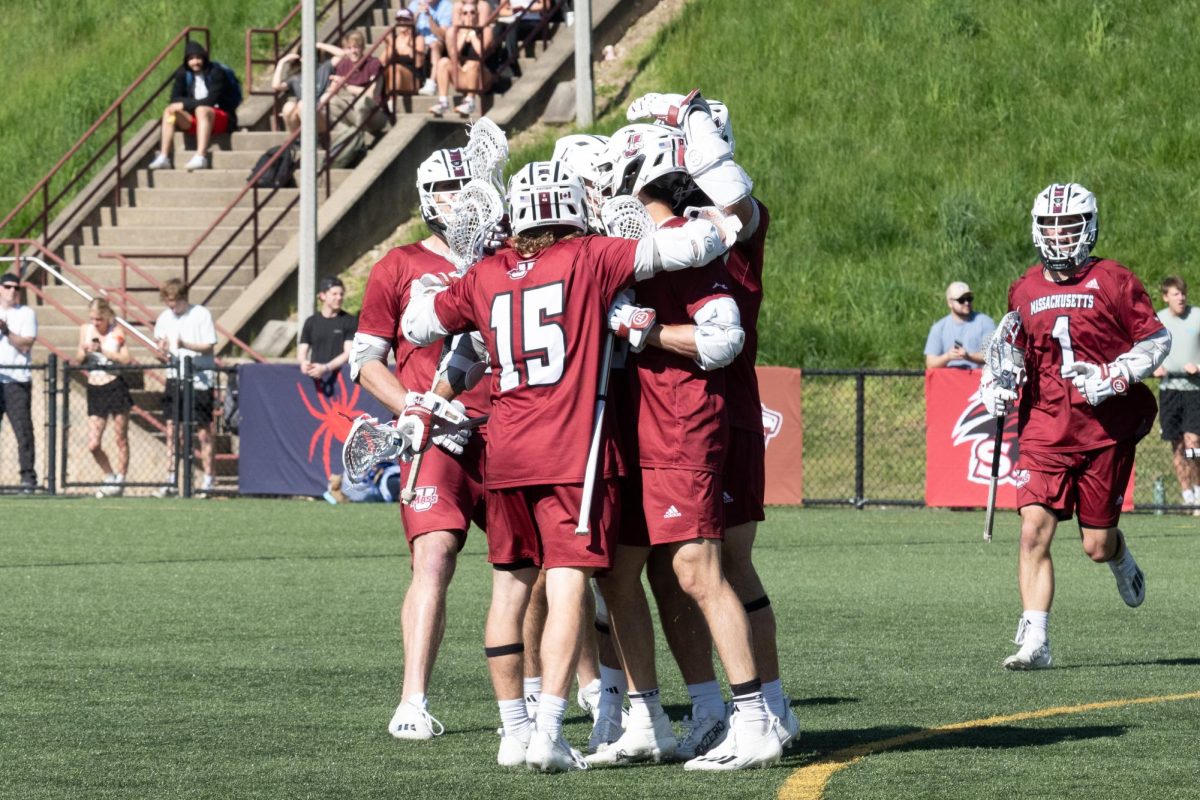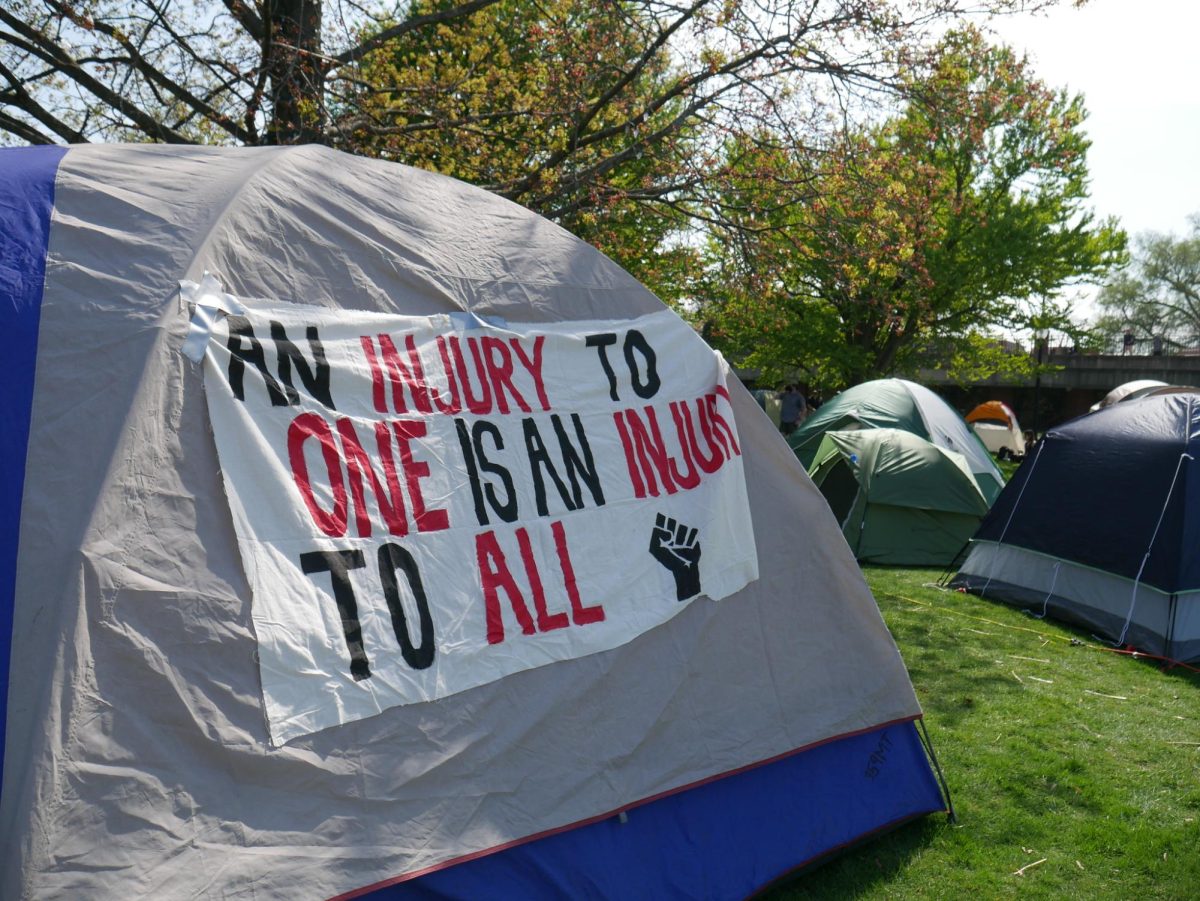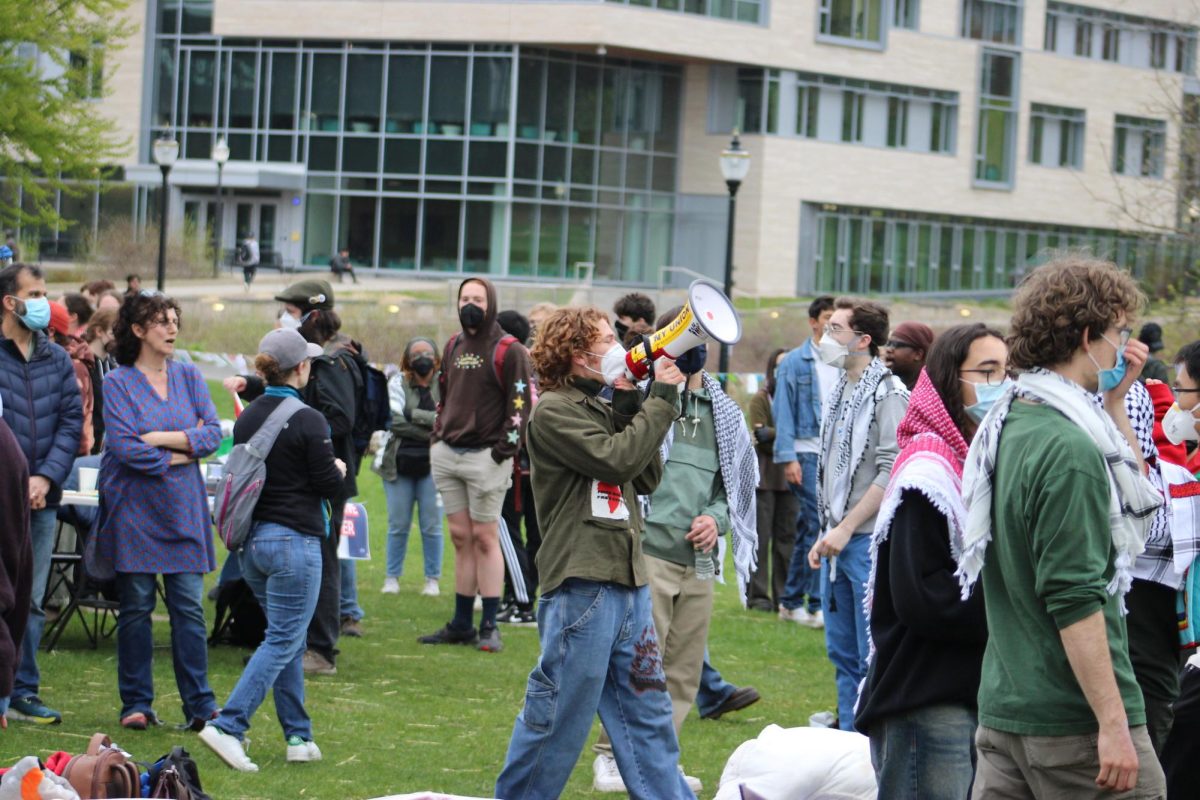Despite our reluctance to affiliate higher education with peril, high risk behavior on college campuses is steadily increasing. Even here at UMass, student safety is a major concern.
The wickedest part about the campus climate in regards to violence is that we are being desensitized to the severity of these issues. We check our school emails and what do we find? We find bomb threats, stabbings and assault leading to robbery.
To put it simply, we are entirely confused. In terms of dialogue there is a great disservice being done. We are informed when violent behaviors take place, but that is usually the end of the discussion.
We are conscious of racist acts, but don’t speak about the culture of white supremacy that motivates such action. We are told of sexual assaults, but this is never juxtaposed to a culture of hyper-masculinity.
By addressing hate crimes and assaults as isolated events, we are undercutting our ability as a community to identify their causes and subsequently alleviate them. Furthermore, this lack of proper discourse has distorted our ability to think with common sense. It can begin to make the perpetrator seem like a victim, and make the victim seem like an instigator, which is the case with Jason Vassell.
First things first, we’ll start off with the facts. Vassell was in his dorm room at 4 a.m. on Feb. 3. With him in his room were two female friends, one of whom went to open a window and found a face staring back at her from outside.
The figure sees Jason and offers several disparaging comments. He then proceeds to kick in the window. The girls run back to their rooms in trepidation. The police are called and Jason calls a male friend from a neighboring dorm to wait with him until the police arrived.
The man who kicked in the window, along with an accomplice, manages to get into the building and attack Jason, breaking his nose. The fight continues, resulting in the assailants suffering several knife wounds.
When we look at this story as an isolated occurrence, ignoring the social context, we make a series of flawed judgments. Our first reaction is, “Damn, another stabbing.” This stance denies the complexity of the story. It reduces the analysis to this: “Cutting people is bad, so if Jason cut folks he is automatically wrong.” But in looking at the situation deeper, we find that such an oversimplified way of thinking gives way to injustice.
It is essential to emphasize that Jason was in his bedroom tending to his own affairs when he was introduced to the assailants. This point is quite valuable. Jason wasn’t out intoxicated at a bar, or roaming the streets of Amherst looking for a confrontation – he was in his bedroom.
Next, it is important to note that Jason was a senior on the verge of graduation, who is spoken of quite highly by faculty and classmates alike. Furthermore, he has no police record. This demonstrates that prior to this incident Jason has had no traceable reputation as a purveyor of violence.
I intentionally left out Jason’s race initially, wanting the reader not to bias their interpretation solely on the basis of race. But now it is an essential aspect in the story, Jason is a black male. Prior to kicking in the window the assailants berated Jason with racial epithets and threats.
Jason’s race, in my estimation, is most relevant in regard to the public’s interpretation of his actions. Within the UMass community I have heard students, most importantly other black males, speak pessimistically of Jason’s plight.
Some have indicted the man, saying he should have known better, without even listening to all the available information. As I was walking through Southwest during the vigil held in his honor, a white heckler shouted out, “Why are you having a vigil for someone who stabs people?”
I don’t believe Jason would face such harsh criticism had he been of a different race or ethnicity. The stigmatization of blacks as violent individuals suggests that black males should be prepared and well accustomed to events such as these.
In elementary school we learn to stop, drop and roll if our clothes catch fire. Professionals are trained to use the Heimlich when folks start to choke.
Unfortunately for Jason, there is no quick and easy technique to use when your window is kicked in at four in the morning. There is no instruction manual for what to do when being attacked by two men simultaneously. Put yourself in Jason’s shoes. How would you react? Think of the thoughts and emotions running through him during that moment.
By calling this incident “just another stabbing,” we dehumanize Jason, and nullify the humanness of his actions. This story is indicative of a greater problem in our society. Those who are under attack are portrayed as instigators while those who do the attacking are given the luxury of being a victim.
Shaun Robinson is a Collegian columnist. He can be reached at [email protected].






